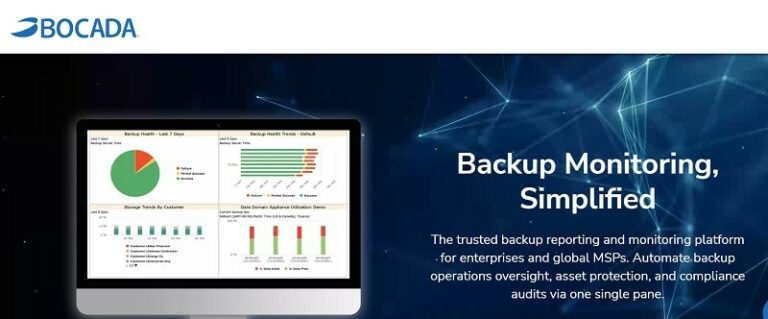Maybe TDK knew what was coming when they got out of the LTO (Linear Tape Open) media market. Oracle just recently announced the T10000D tape drive with 8.5 TB of capacity (note that is 3.4x greater than LTO-6). For, say, a 10 PB archive with LTO-6 that is 4000 tapes for LTO-6 and 1177 tapes for T10000D.
We can also assume based on history that IBM will be having an announcement in the next few months on their new enterprise drive. Based on industry speculation, both IBM and Oracle are expected to have similar capacities, so LTO-6 will be left in the dust in terms of density and performance. The increased density also translates into reduced floor space. For most companies this has a significant cost in the computer room and there is of course the cost of each slot in the library and potentially software licenses.
The bottom line, as I have been saying, is that that the cost difference between enterprise tape and LTO is not as much as people think. And with enterprise tape there are many advantages in terms of drive design and cartridge construction, etc.
So what I thinks this all means is that LTO technology is going to have significant pressure placed upon it to grow quickly. The problem is that one company is not responsible. But a group of companies – both tape drive vendors and media providers – have to work in lockstep to come up with an agreed upon direction and step of products that interoperate.
While this might have been a good idea 10 years ago, I think there are more technical challenges and material science issues to cover than there has been in the past. Both IBM and Oracle are using barium ferrite tape (BaFe) made by FujiFilm for their enterprise, while all media vendors but FujiFilm use older metal particle (MP) for LTO-6.



